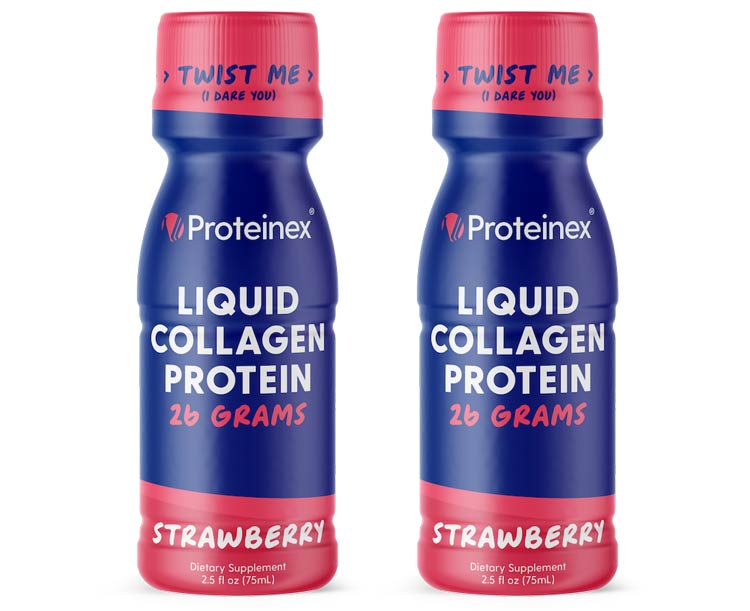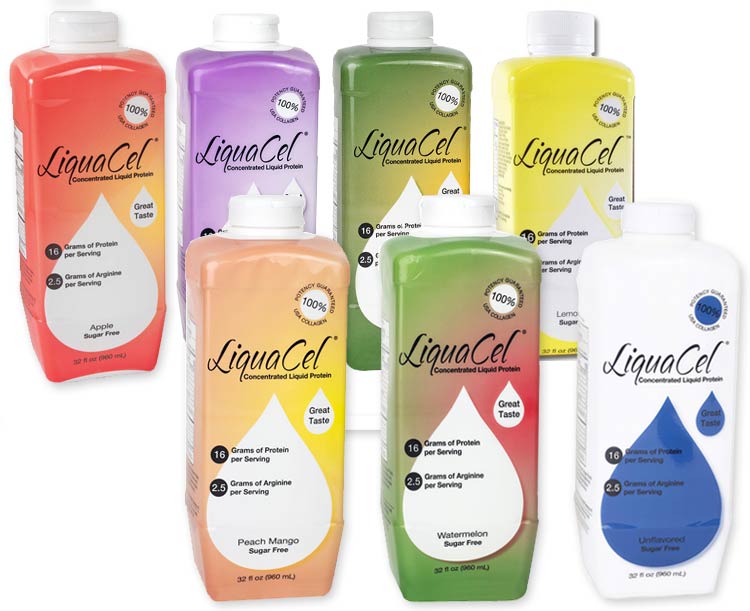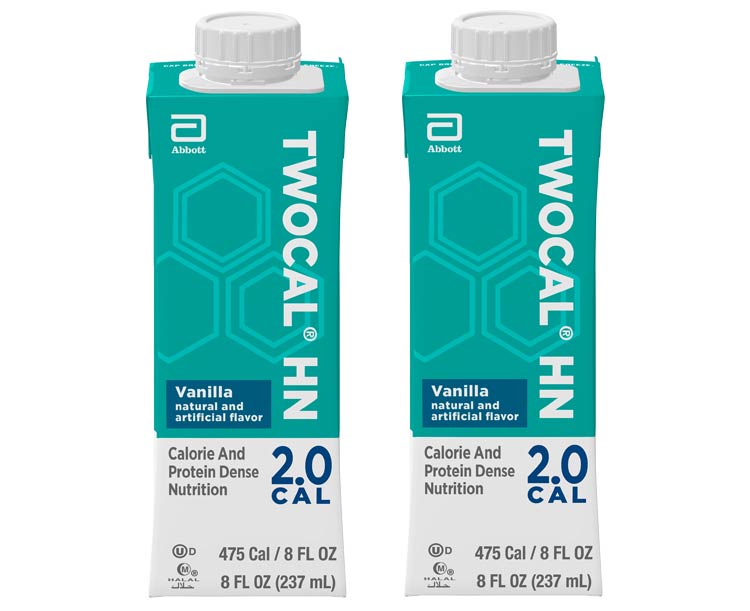
Please choose a body region on the right for you to pin point the problem area of your body.

Shop by Condition

Shop by Brand
Wound healing is a complex and dynamic process that involves a series of physiological actions. The 4 stages of wound healing are critical to restoring the integrity of damaged tissue. Each stage plays a specific role in healing, and understanding them can help in managing wounds effectively and preventing complications.
The first stage of wound healing begins the moment the skin is broken. Hemostasis is primarily about stopping the bleeding through blood clotting. Within minutes of an injury, blood vessels constrict to reduce blood flow, and platelets gather at the injury site to form a clot. This temporary plug not only stops further blood loss but also provides the initial framework for the wound-healing process. The clot also releases chemicals that signal the next phase of healing.
Shortly after hemostasis, the inflammatory stage begins. This phase is characterized by redness, warmth, swelling, and sometimes pain around the wound. These are signs that the body's immune system is at work. White blood cells arrive to attack bacteria and remove debris. Specialized cells known as macrophages release cytokines and growth factors that are essential for the healing process, cleaning the wound and preparing it for new tissue development.
During the proliferative stage, the body starts to rebuild the wound with new tissue. This phase typically starts a few days after the injury and can last for several weeks. Fibroblasts, the key cells in this stage, produce collagen and elastin fibers that form new tissue known as granulation tissue. This new tissue is rich in blood vessels, a critical component in supporting the growing tissue. Concurrently, new skin cells migrate to the wound edge, covering the wound gradually.
The final stage of wound healing is the maturation or remodeling phase. It begins once the wound has closed and can continue for months to years. The collagen that was haphazardly deposited in the proliferative phase is now realigned along tension lines of the skin. The tissue gradually gains strength and flexibility. Over time, the wound area may become a scar. The final appearance of the scar depends on the wound’s initial severity and the individual’s healing process.
By understanding the 4 stages of wound healing, individuals and caregivers can better monitor progress and identify potential issues that may require intervention. Proper care and nutrition for wound healing through each stage is crucial for a successful recovery.
For further details on managing wounds or other health conditions, visit our resource center at CWI Medical. We have a number of helpful articles that will impart the knowledge you may need for fast wound healing.
At CWI Medical, we are committed to helping you take control of your health. We provide expert guidance and high-quality medical supplies, including nutrition, first aid items , and more, to support your healing journey. Whether you need assistance with wound care or other medical supplies, we are here to support you every step of the way. Visit us today to learn how we can help you maintain optimal health and wellness.
| |
|---|
 PROTEINEX 2GO, High Protein Shot |
 LiquaCel Liquid Protein |
| |
|---|
 ProSource Gelatein 20 Protein Gelatin |
 ProPass Instant Whey Protein Supplement Powder |
 TwoCal HN |
| Stay Connected! | |
|
|
|
Related Articles
Get $10 off your next order when you sign up to receive our email newsletter.*
Simply enter your email address below!
*Minimum order value of $100. Valid email address to qualify.







